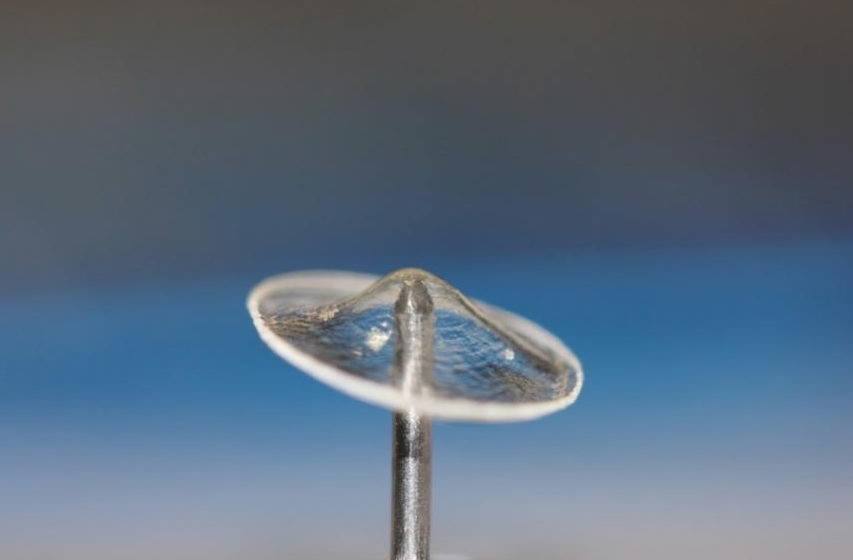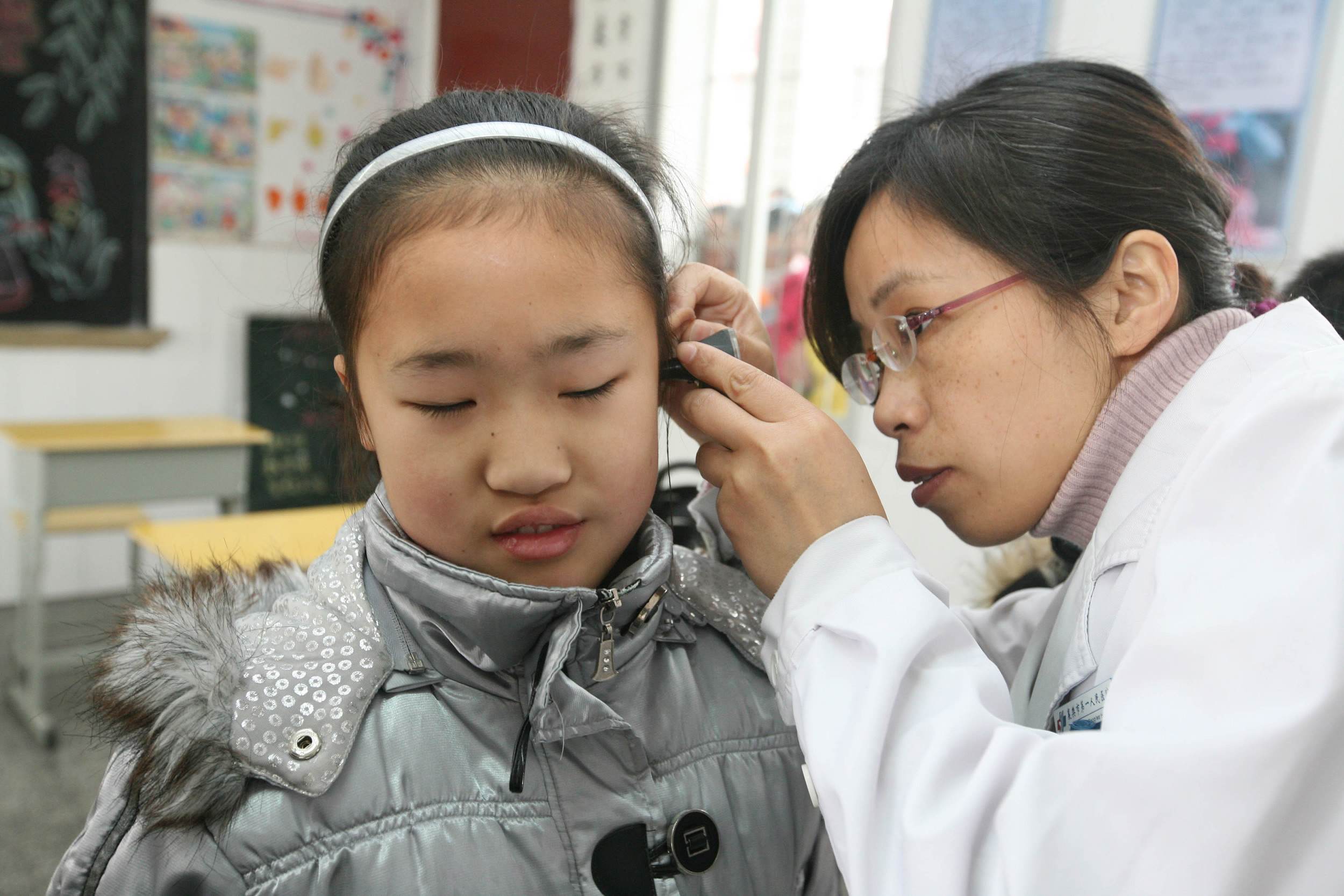Silkworms have the potential to repair damaged eardrums, said a team of Australian researchers on May 29, who have successfully developed a tiny device named "ClearDrum" that could incorporate silk into an ear implant.
According to the researchers, “ClearDrum” looks like a contact lens, and patient's cells can grow on it.
"We found that silk could support cell growth and proliferation, and had the ability to be able to change into various forms," Marcus Atlas, the leader of the research team, pointed out that flexibility makes silk ideal for ear implant. "It was a really appealing thing for us, particularly when we started to mix it with other products to create different mechanical and acoustic criteria."

The device looks like a contact lens, and patient's cells can grow on it. /Ear Science Institute Australia Photo
According to Marcus Atlas, after removing sericin (the sticky part of the silk), researchers were able to heat the derivative fibroin (the proteins in the silk) into a liquid and created the device by using the liquid.
"The skin cells are there – it's getting them to come across and heal, so it's sort of a scaffold," Atlas said.
The device is planned for clinical trials at present. Sandra Bellekom, Chief Executive Officer (CEO) of the Ear Science Institute, said ClearDrum was the first implant ever developed that successfully mimicked an eardrum.

Doctors are testing the ear health for children. /VCG Photo
"What we found is that the cells, which are called keratinocytes, they love to thrive and migrate and move across this 'scaffold' which helps the healing process," she said. "That's why we want to use silk – because we know that it works."
For a small perforation in the ear drum, the device will dissolve over time, but it remains in place indefinitely for large or more complex perforations.
The Wellcome Trust, a charity based in Britain, has provided 2.9 million U.S. dollars to fund a clinical trial of the device.
"We are looking at recruiting patients that have chronic middle ear disease, active and inactive, so patients who have more simple perforations – and also patients that have far more complex perforations with disease state present," Bellekom said.
Source: Xinhua









